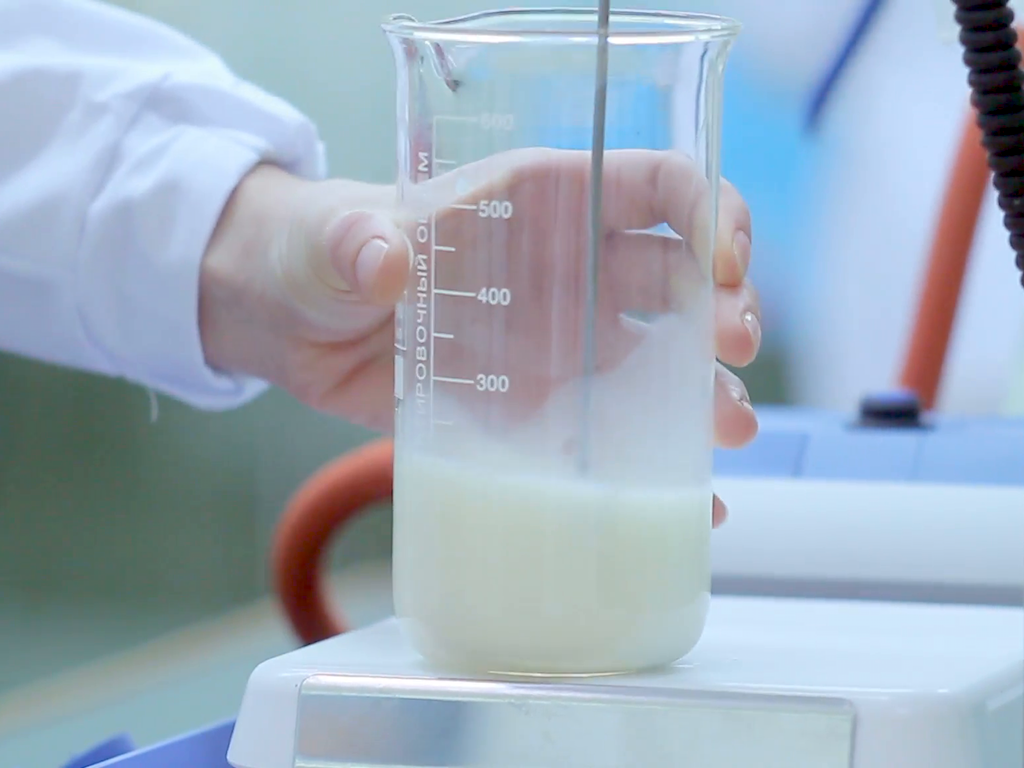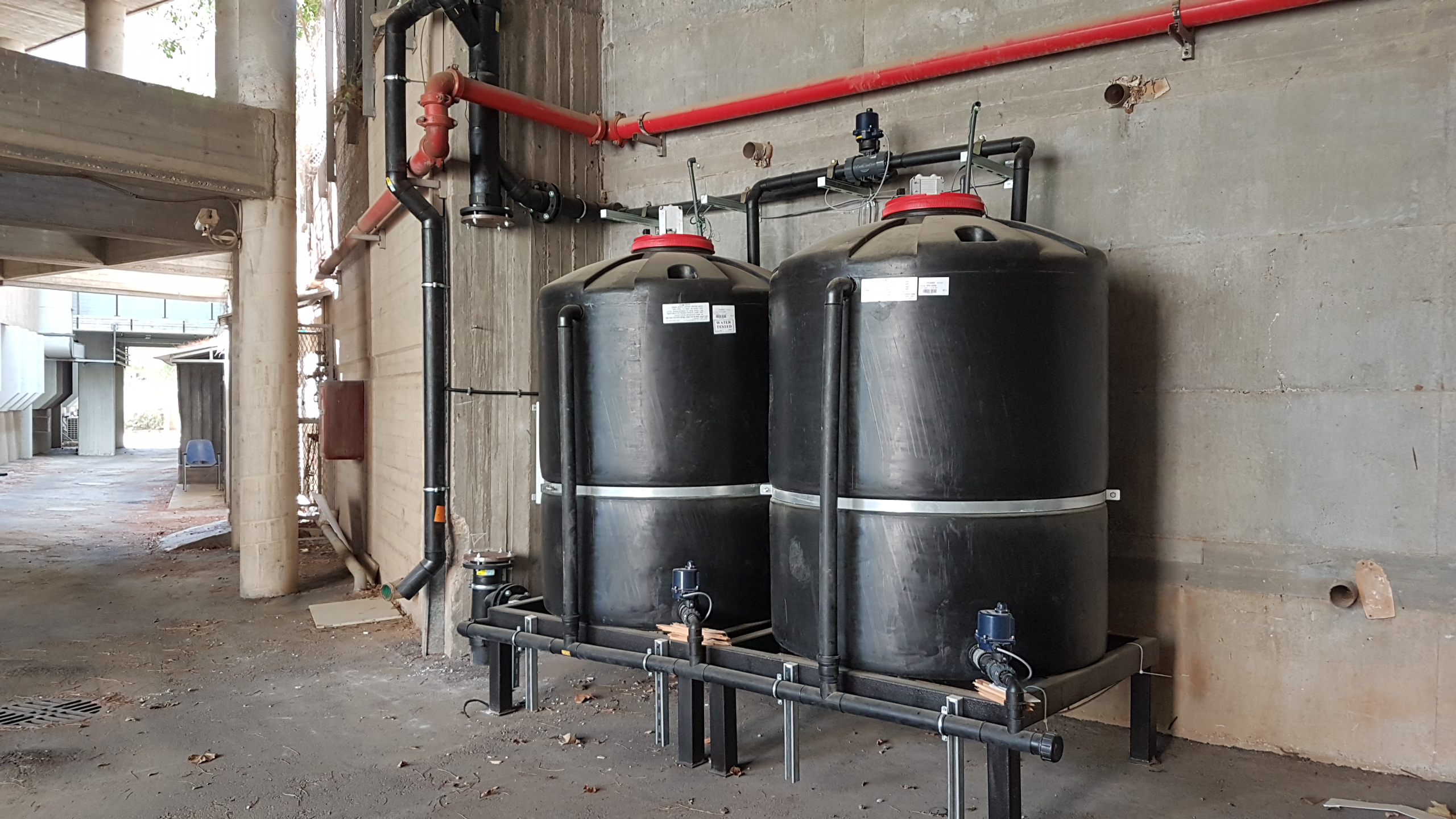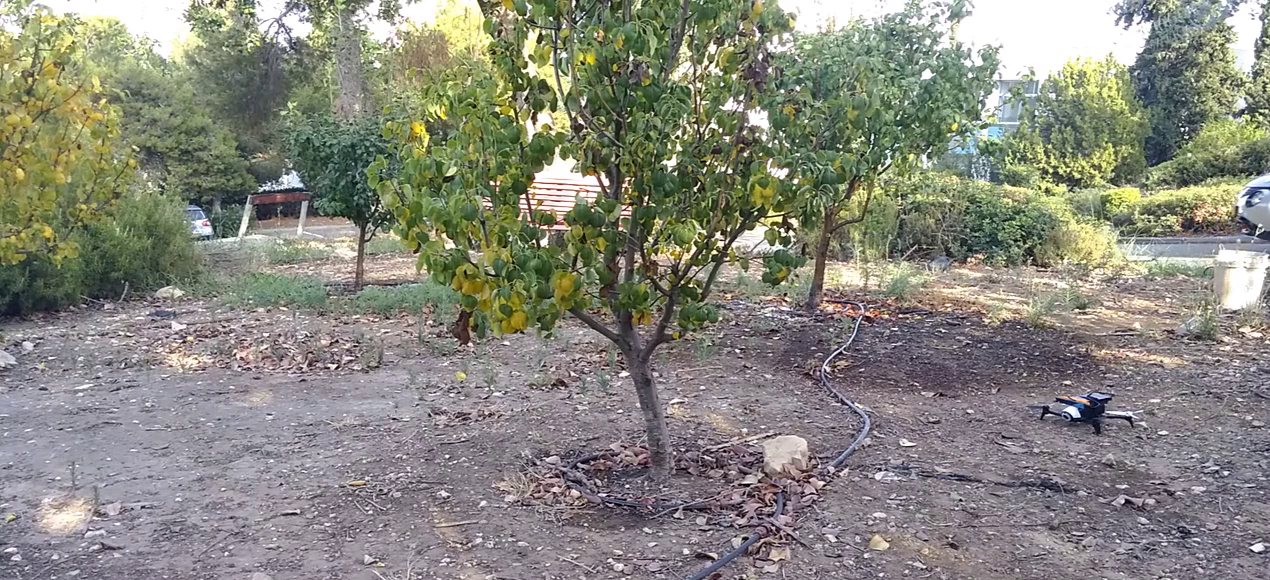The Race for Breast Milk
January 24, 2021Biotechnology companies are trying to develop synthetic substitutes for breast milk as an alternative to dairy-based products. But does this solution adequately alleviate health and environmental concerns?
While health experts recommend breastfeeding babies in the first six months of life, not all mothers are able to do so. More commonly, most women start breastfeeding but do not continue to for a variety of reasons. One, not all women are suited for breastfeeding. Two, not all women have the ability or the support they need for breastfeeding. And three, some have difficulty producing enough milk or getting a baby to breastfeed. In recent years, various companies and start-ups have been trying to produce synthetic breast milk that is as compositionally close to the real thing as possible.
“The Ministry of Health conducted a survey in Israel between 2009-2012, which examined mothers’ feeding tendencies unto their infants in Jewish and Arab sectors, and 90% of the surveyed women intended to breastfeed their children. In practice, however, when the breastfeeding rate was examined about a month to six months after birth, a very large gap was found and breastfeeding rates dropped to an average of 55%,” says Einat Talmon, a breastfeeding consultant and author of the book The Israeli Breastfeeding Guide.
“When they asked the women what had happened, they mentioned three main reasons. Not having enough breast milk was the first reason. The second reason was that breastfeeding was very physically taxing and that they wished the responsibility of it could be shared. The need to return to work was the third reason.”
“In the first few months of life when the baby is completely dependent on milk, there is no real substitute for breast milk. This is because breast milk has short-term positive effects on health and development during infancy, but some of these effects are long-lasting and extend into adulthood,” says Dr. Nurit Argov-Argaman from the Department of Animal Sciences at Hebrew University’s Department of Agriculture. She is one of the founders of the Israeli company Bio Milk, which develops technology for the indoor laboratory production of both cultured cow’s milk and cultured breast milk. However, this is not meant to undermine the importance of milk substitute formulas, which enable mothers who cannot breastfeed to feed their infants as well as provide families without a mother to feed infants in their early stages of life.
Existing Substitutes

There are many infant formulas on the market, but none come compositionally close to real breast milk. Experts say that in addition to feeding the baby, breast milk helps build infants’ immune systems and lowers the risk of infections, necrotic intestinal inflammation, diarrhea, allergies. It also facilitates early brain development. Substitutes currently sold in stores provide the basic nutrients babies need such as sugars and carbohydrates, but human breast milk is a much more complex mixture.
“The compounds on the market address the baby’s nutritional needs, but they do not satisfy their immunity needs. It is actually food, but no more than that. Most are based on cow’s milk, which is less adapted to the infants’ digestive system,” says Talmon. “Therefore, in many places in the world, and also in Israel, there is a breast milk bank, which is initially intended for feeding preterm infants and sick babies whose mothers cannot provide milk.
Bioengineering Efforts

Around a decade ago, scientists made a breakthrough in the field when they understood how to separate human milk from complex structures of sugars called oligosaccharides, the third most common component of breast milk, right after lactose and lipids. These sugars are important because they encourage the growth and development of healthy gut bacteria that effectively lower the risk of intestinal infections in infants. Although these sugars are also found in cow’s milk, they are noticeably less common and differ in composition. Therefore, in order to replicate human breast milk, formula manufacturers must genetically modify bacteria so that they can produce sufficient oligosaccharides, and this is a complicated process.
“We understand that our ability to technologically replicate breast milk in laboratory conditions is very limited. There are still many unknown factors regarding breast milk,” says Argov-Argaman of Bio Milk, “We do not yet fully understand the role and significance of all the elements found in real breast milk for the health of the baby. Not only does the composition of milk vary from woman to woman, but it also varies with the passage of time, whether it be a matter of hours or weeks. Its composition is uniquely adapted to her baby.”
Breast Milk Outside the Mother

Biomilq, an American infant nutrition company has developed a way to lab engineer breast milk by extracting cells from the mammary gland, the organ that produces milk in a woman’s body. As well, the company has found a way to multiply these cells in a substrate that includes nutrients and minerals. Although, the milk producing cells undergo rigorous testing to ensure its consumption safety and that it reflects the properties of authentic breast milk. The company estimates the product will be marketed to the public by 2025.
However, this company is not the only one in its field. One of its competitors is the previously mentioned Israeli company of the same name, Bio Milk, which currently holds patents for the production of cultured milk from animals within laboratory conditions. Now, the company has their sights set on producing cultured breast milk.
“The best way to make breast milk accessible is through the production of breast milk outside the mother,” says Argov-Argaman. “At Bio Milk we use the same tissue that knows how to produce milk regularly, and we try to grow these cells in the lab so that they continue to develop and produce milk like a breastfeeding mother.”
“The technology for the production of cultured breast milk is similar to the production of cultured milk from other mammals, but it requires a long and comprehensive regulatory process,” Argov-Argaman explains.
Referring to Bio Milk’s future plans, “We will become a public company in the coming days, after carrying out an initial round of raising NIS 12 million that will advance us in the development of the technologies,” says CEO of Bio Milk, Tomer Eisen. “In the third quarter of 2021 we will release the first sample of cultured cow’s milk to an outside objective company that will study the milk and check if it contains all the ingredients found in real cow’s milk. As for cultured breast milk, we are in the process of making it and aim for production in 2022.”
Better for the Environment?
Livestock agriculture is responsible for 14.5% of global greenhouse gas emissions. Out of this, the dairy cattle industry emits the equivalent of 2,128 million tonnes of carbon dioxide (2.128 gigatonnes CO₂) per year in the form of methane and nitrous oxide in addition to CO₂.
Because of the indoor nature of biotechnical production, overly sprawling land use, incredible resource intensity, and high GHG emissions associated with the conventional dairy industry could be avoided. Therefore, the efforts of Bio Milk and other similarly oriented companies may offer a better alternative for the environment compared to formulas derived from cow’s milk. However, it remains to be seen whether or not this solution is optimally ideal.
“There is usually a correlation between the cost of production and the product’s environmental consequences,” says Dr. Hagit Olanovsky, an expert in health and environmental risk management at SP Interface. “And we currently do not have the ability to environmentally assess the effects of these evolving products compared to those on the market because they are new technologies.”
Lack of assessment aside, a transition towards the indoor production of milk products can alleviate the intense pressures on the environment, thereby reducing the current rate of climate change.
“It is important to note that the decision whether to breastfeed or not is first and foremost a personal decision of the mother,” adds Olanovsky. “Women should be given the legitimate option not to breastfeed. Therefore, the production of a better, healthier and safer formula can strengthen the mother’s free choice.”
This ZAVIT Article was also published on NoCamels on 23 Dec. 2020







